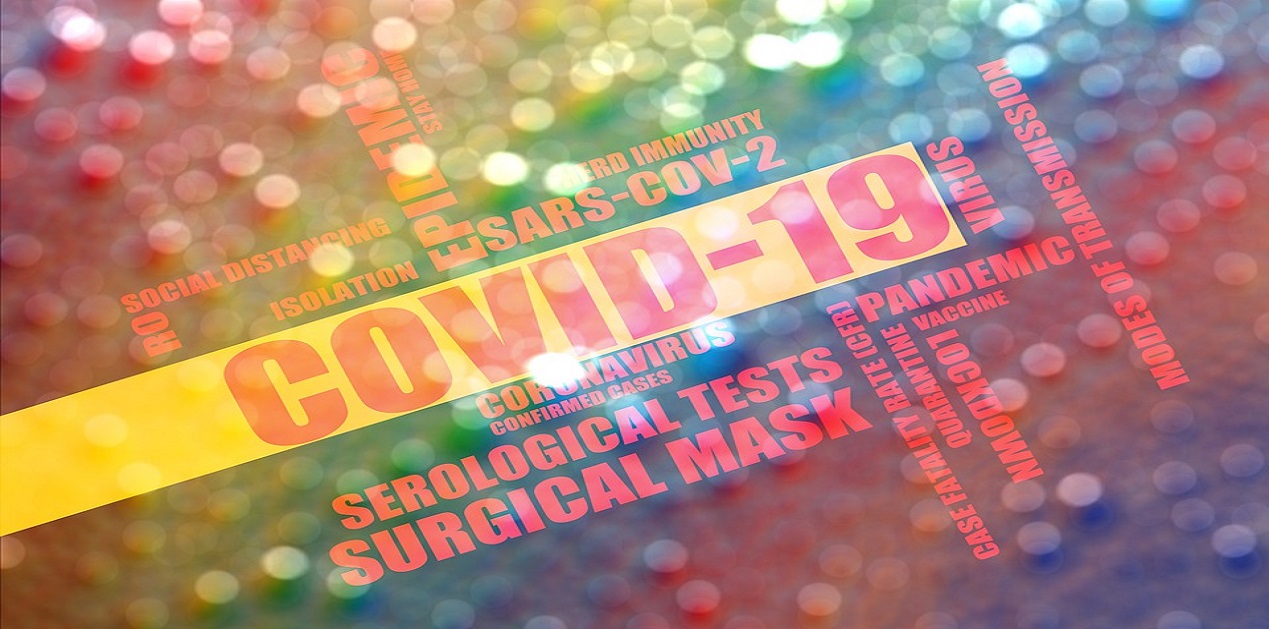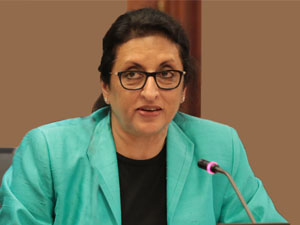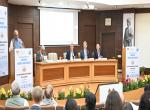With over 160,000 confirmed coronavirus cases and 2500 deaths, the United States has emerged as the new epicentre of the corona virus pandemic sweeping across the world. Amidst global shutdowns and remain-at-home orders, the United States has seen a “very large acceleration” in infections there over the past couple of days. According to the World Health Organisation spokeswoman Margaret Harris, 85 percent of the new cases reported worldwide were from Europe and of those, the United States accounted for over 40 percent, with New York accounting for more than half the US totals in new cases as the number of casualties continues to rise. In one day alone, New York has recorded 253 deaths on Monday, March 30.
Amidst mounting criticism for not doing enough to tackle the crisis, President Trump signed into law a historic $ 2.2 trillion stimulus package to give relief to the American people and the US economy as they battle the devastating spread of Covid-19. It is the largest emergency aid package in the history of the United States and key features of the relief package will include sending cheques directly to individuals and families who have been hit hardest due to economic disruption, unemployment benefits, financial assistance for small businesses and $ 500 billion in loans to big companies in distress. The Bill also provides for $ 130 billion to the over stretched health care system and to get more resources and equipment to those facilities that are directly fighting the disease.
America’s public-health system is fragmented and over-stretched, conditions that only aggravate the challenge of winning the fight against COVID-19. New York City alone faces a “troubling and astronomical” increase in cases, according to Governor Andrew Cuomo, and the emergency is overwhelming hospitals, putting pressure on drug and equipment supplies, leading to a critical shortage of ventilators. The grim course of events in the city is a “canary in the coal mine” for the rest of the country, Cuomo said.
At a public event, Cuomo admonished the Trump administration, which he said had not sent enough ventilators to New York City. “You want a pat on the back for sending 400 ventilators,” Mr. Cuomo said. “What are we going to do with 400 ventilators when we need 30,000 ventilators?” Trump swiftly lashed out at Mr. Cuomo. “I watch him on this show complaining,” Mr. Trump said, before criticizing Mr. Cuomo for earlier failing to buy ventilators at “a great price.”
President Trump has faced domestic criticism for failing to anticipate the gravity of the situation especially when he grandiosely set a goal for the United States to be "opened up and raring to go" by Easter on April 12, labelling it a “beautiful timeline” to work towards. The optimistic message of economic resurrection was at complete variance with advice received from public health experts as well as the World Health Organization.
US public-health officials were candid in their interactions with the the press about the catastrophic fall-out of the President’s “Easter folly”. (“President Trump will have blood on his hands,” Keith Martin, the director of the Consortium of Universities for Global Health, told the New York Times.) Trump responded on Twitter by lashing out at the “Lame Stream Media” for reporting such forecasts, calling the press “the dominant force in trying to get me to keep our country closed as long as possible in the hope that it will be detrimental to my election success.”
Trump further added at a White House briefing, "You can destroy a country this way, by closing it down….We can’t have the cure be worse than the problem.” He was categorical that he’s giving the shutdown only a little more time, and then he’ll announce plans to get most people back to work, while focusing medical efforts on vulnerable populations in key geographic areas. “We will be quarantining many people in these areas. There are other areas that just aren’t affected, or are affected very little. Why would we close down 100% of the country?” he said.
The Democrats and other political opponents have censured Trump for having largely downplayed the virus, even comparing it to the less contagious and less deadly seasonal flu. They quote what Trump said at a campaign rally in South Carolina on Feb. 28. Trump claims that he did not underplay the seriousness of the pandemic but used the word “hoax” to describe the Democrats’ strategy. Trump claims to have said, “This is their [the Democrats’] new hoax.” He charges the Democrats with trying to use the virus as a politicized “hoax” against him after a failed impeachment effort and the Russia investigation.
However, since then, he has compared himself to a “wartime” president battling an “invisible enemy” and vowed, “Together, we will care for our fellow citizens. And we will win this war, and we’ll win it much sooner than people think.” He has also declared a national emergency and invoked powers to force the widespread production and procurement of much needed medical supplies.
On March 29 Trump announced that the White House will keep its guidelines for social distancing in place through the end of April to try to blunt the spread of the coronavirus, a significant shift from less than a week ago, when he said he hoped the country could be “opened up” by Easter Sunday, April 12.
Trump has encouraged Americans to follow the guidelines issued by his administration roughly two weeks ago urging them to avoid restaurants and bars, cancel nonessential travel, and limit in-person gatherings to 10 people or fewer. But with those guidelines set to expire on Tuesday 31 March, Trump faced pressure from health experts to extend them or risk seeing a heightened death toll.
A chastened Trump also admitted that publicly setting the Easter timeline was a mistake, calling it “aspirational.” “No, that was aspirational,” he said. “We had an aspiration of Easter, but when you hear these kinds of numbers and you hear the potential travesty, we don’t want to do anything where — we don’t want to have a spike up.” The President also cautioned that the U.S. would likely hit its peak death rate from the virus in two weeks — around when he had once hoped to begin reopening the country and hence the country should realistically look at June 1 as the potential date for the road to recovery.
In an election year, the enormity of the challenge at hand cannot be underestimated. Faced with a daunting challenge, the Trump administration has toned down its anti-China rhetoric. Trump has had a telephonic conversation with the Chinese Premier Xi Jinping and has sought medical equipment from China.
The first of more than twenty planned flights carrying emergency medical supplies arrived from Shanghai at the John F. Kennedy International Airport in New York on Sunday morning carrying 12 million gloves, 130,000 N95 masks, 1.7 million surgical masks, 50,000 gowns, 130,000 hand sanitizer units, and 36,000 thermometers. The flight is the start of what might end up being the largest government-led airlift of emergency medical supplies into the United Statesand are part of a White House partnership with U.S. health-care distributors to acquire supplies that would normally be shipped by sea from countries such as China, Malaysia, and Vietnam.
(The paper is the author’s individual scholastic articulation. The author certifies that the article/paper is original in content, unpublished and it has not been submitted for publication/web upload elsewhere, and that the facts and figures quoted are duly referenced, as needed, and are believed to be correct). (The paper does not necessarily represent the organisational stance... More >>
Image Source: https://cdn.pixabay.com/photo/2020/03/30/05/36/covid-19-4983117_960_720.jpg











Post new comment